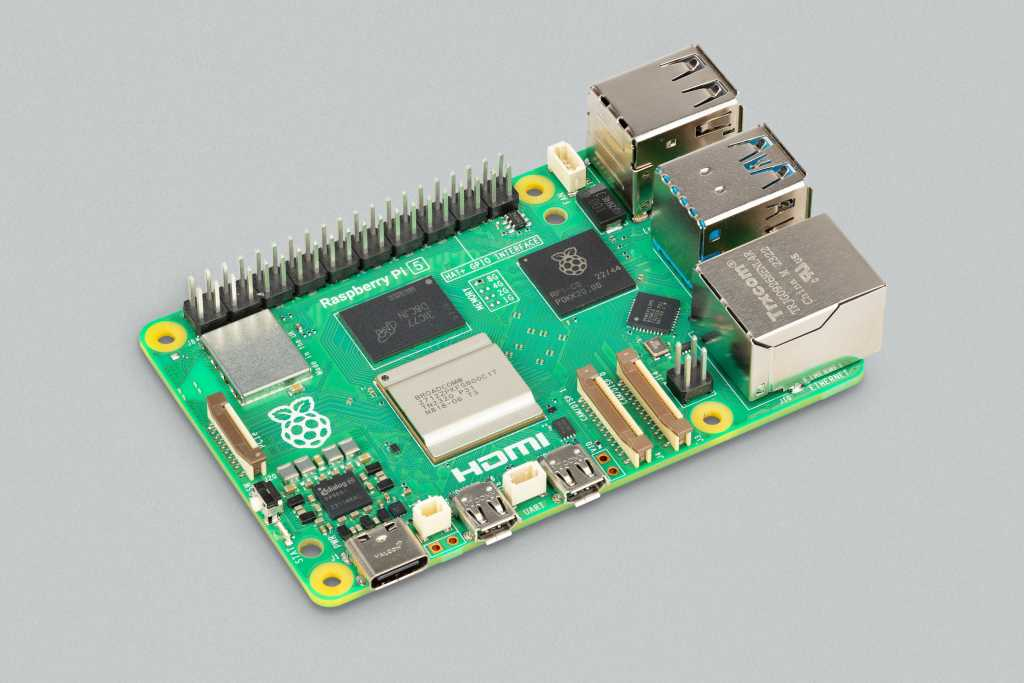
How to host server on Raspberry Pi
December 23 2024  158
158
Inquiry
Global electronic component supplier AMPHEO PTY LTD: Rich inventory for one-stop shopping. Inquire easily, and receive fast, customized solutions and quotes.
QUICK RFQ
ADD TO RFQ LIST
Hosting a server on a Raspberry Pi is a great way to run a web server, file server, game server, or more! Below are the steps to set up a basic web server using Apache and PHP.
Populer Posts
EP2C50F484I8
Intel
A1415A-1PLG84C
Microsemi Corporation
10AX090S2F45E1SG
Intel
A1460A-TQG176C
Microsemi Corporation
10AX032H1F34E1HG
Intel
5SGXMA9N2F45C2LG
Intel
5SGXMA4K2F40I3LG
Intel
A14V60A-TQ176C
Microsemi Corporation
A54SX32A-FFGG484
Microchip Technology
M51953BFP
Renesas Electronics Corporation
5SGXEA5N2F45C3G
Intel
EP20K1000EFC672-1
Altera

